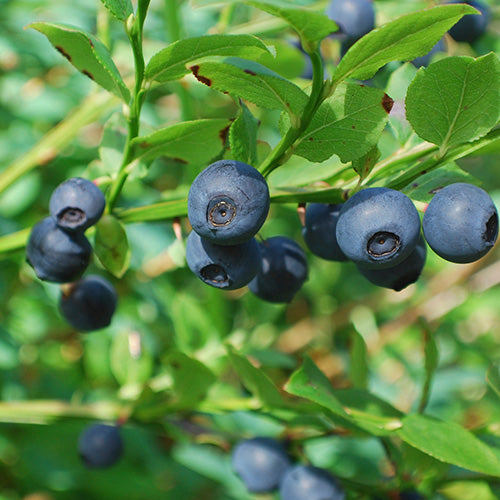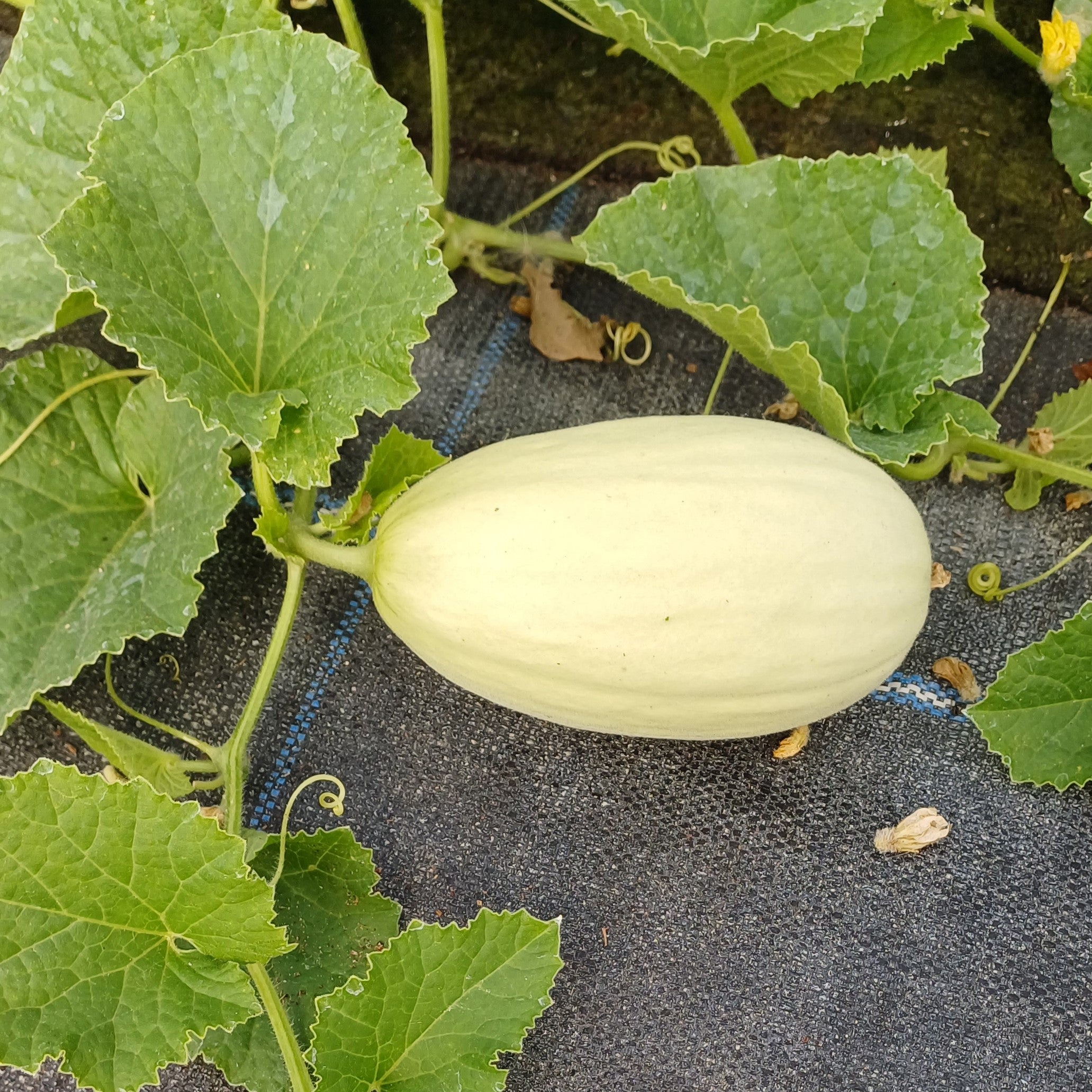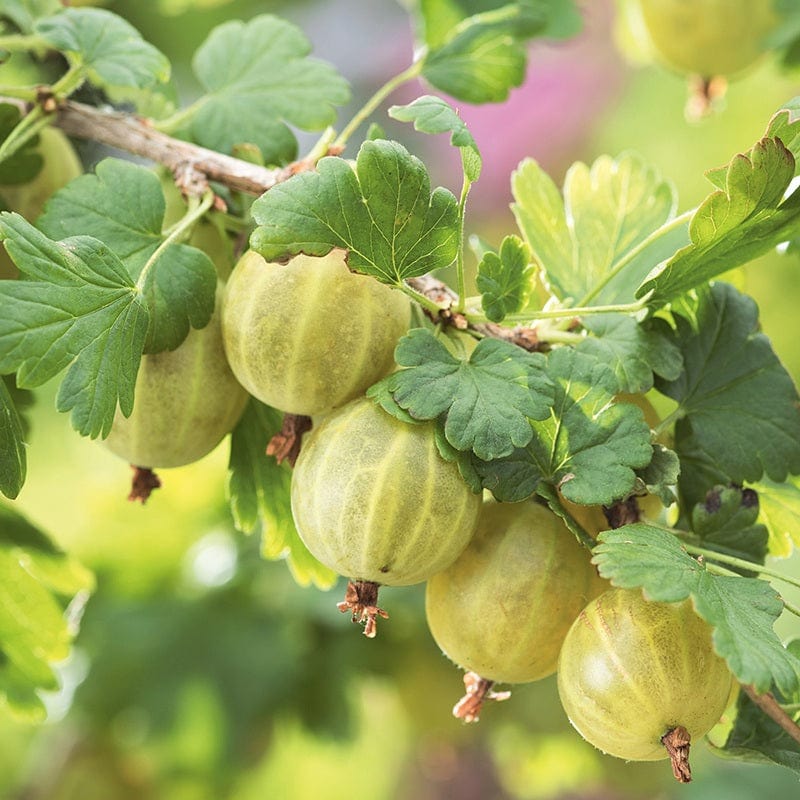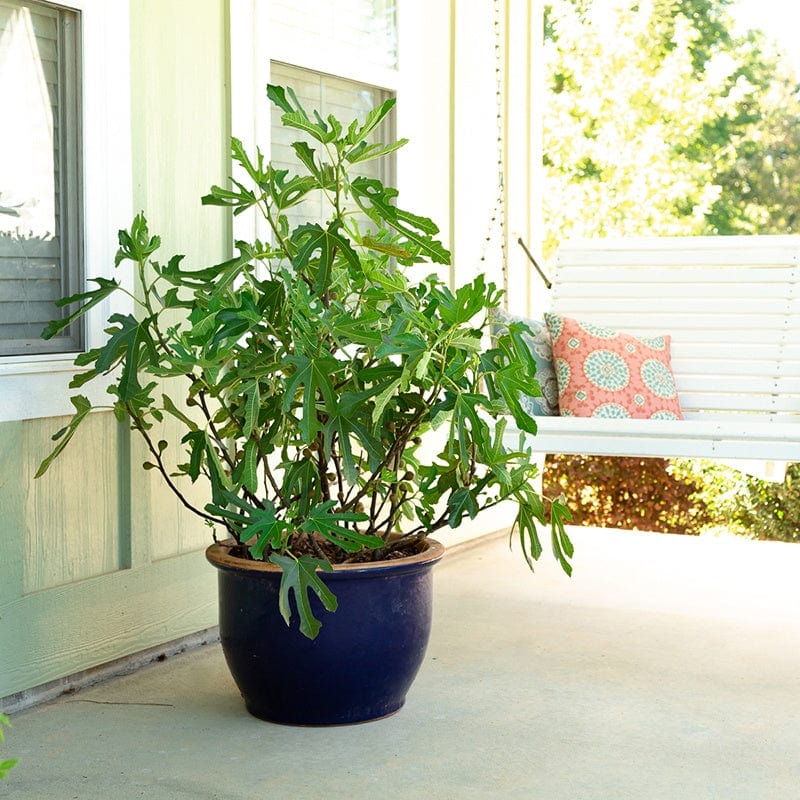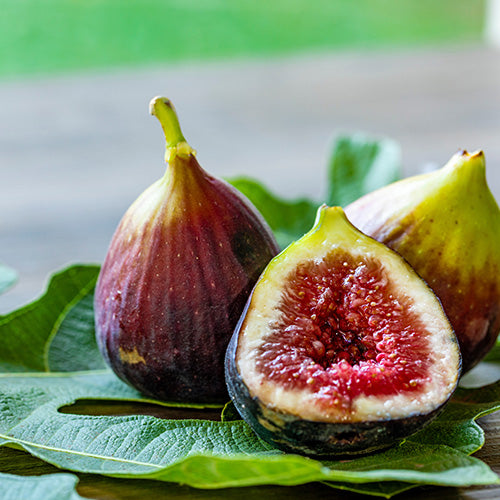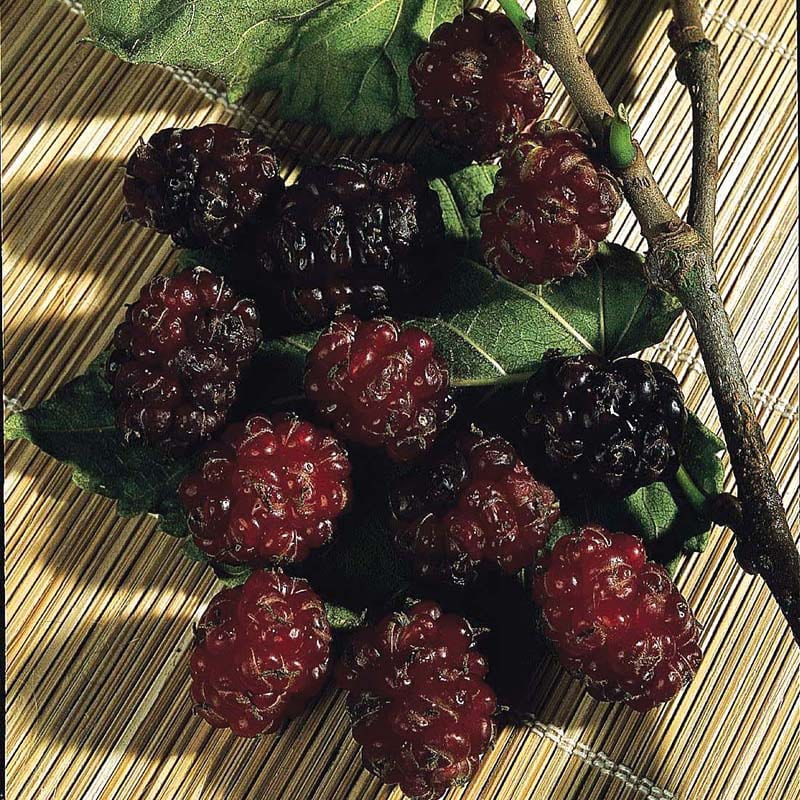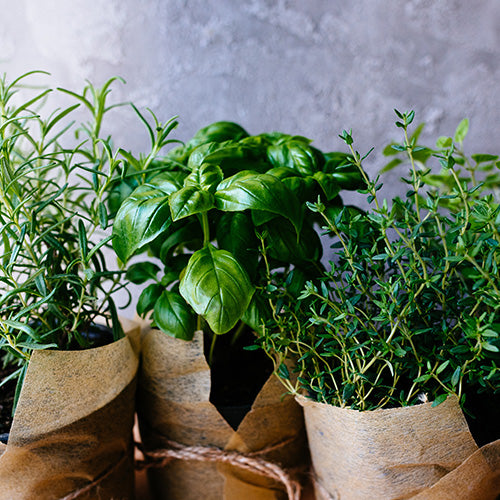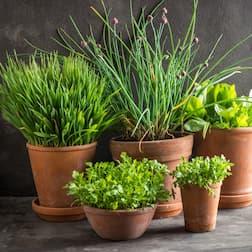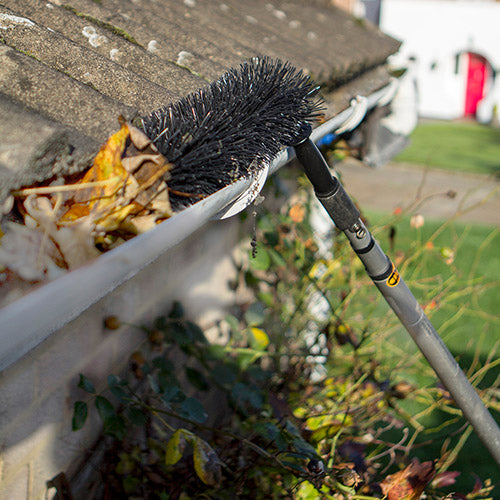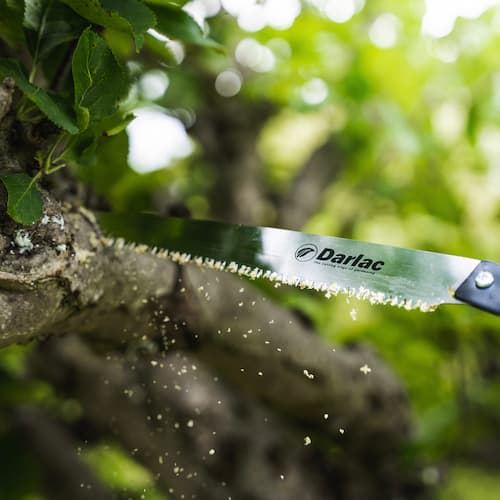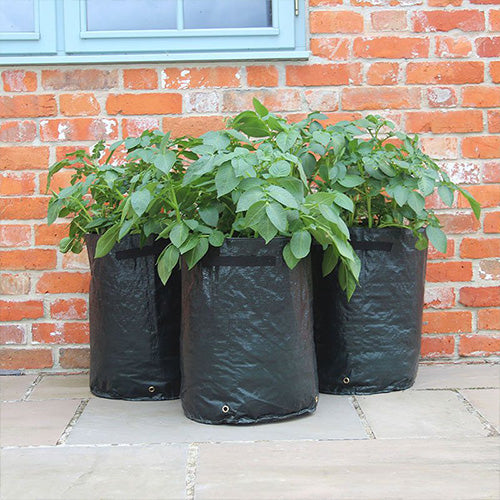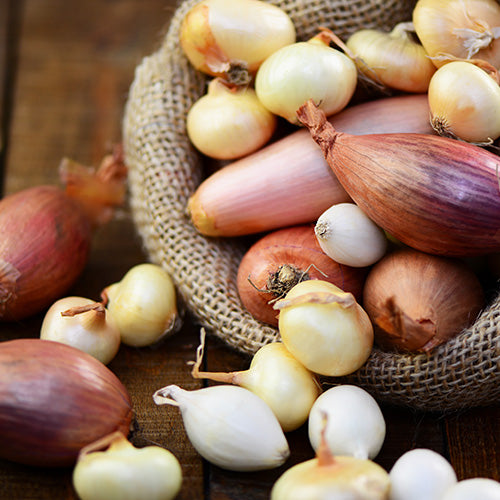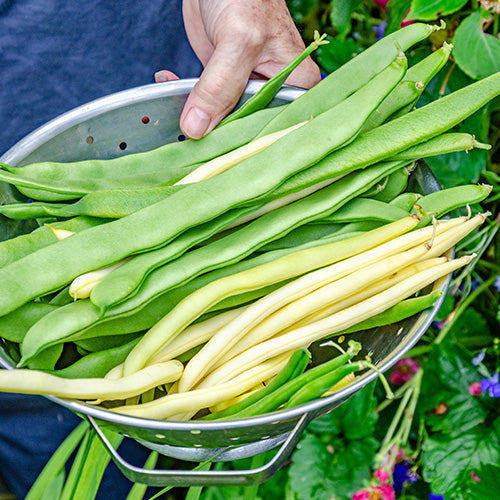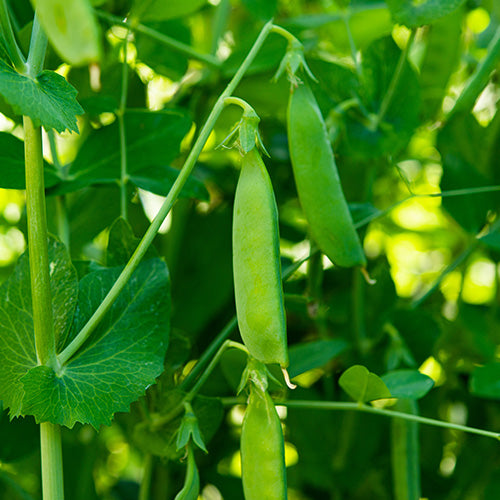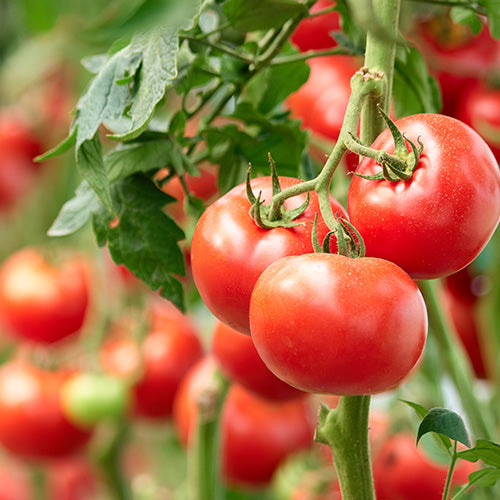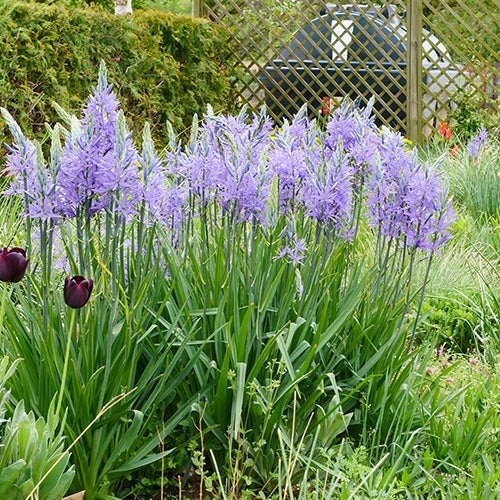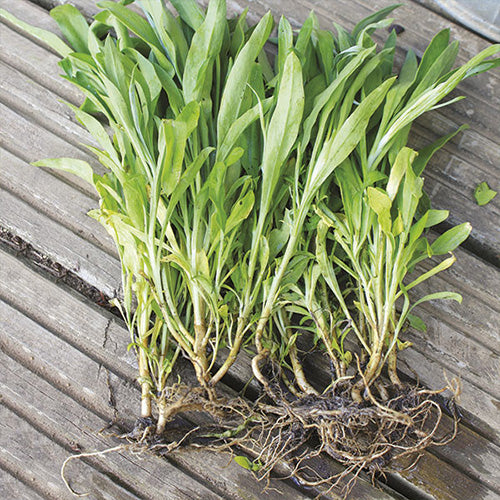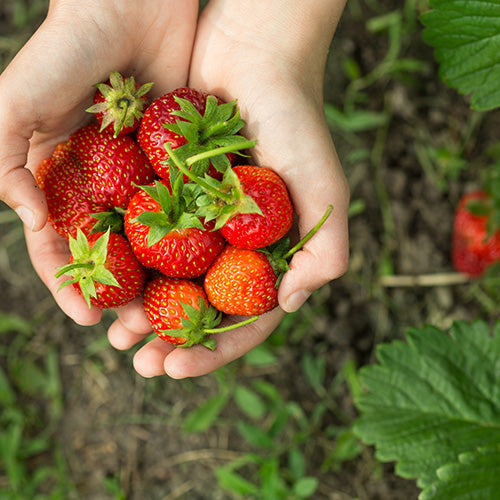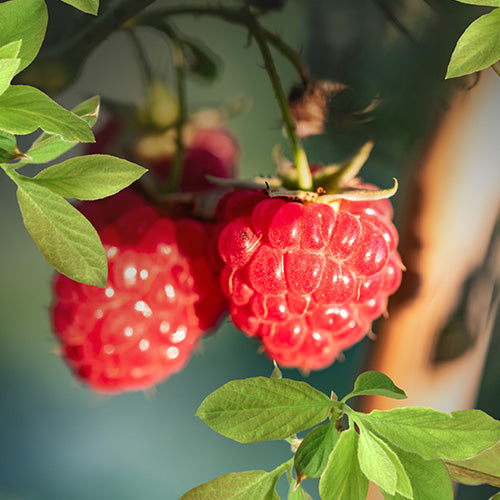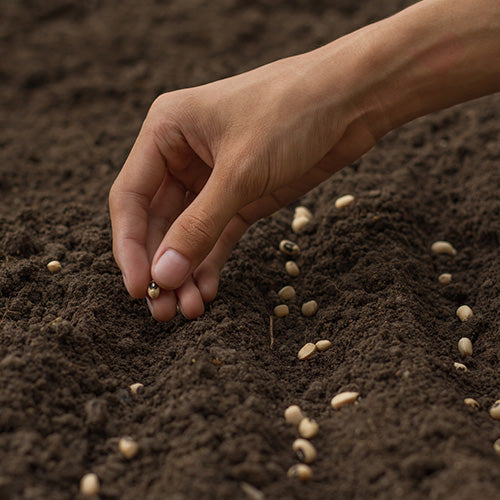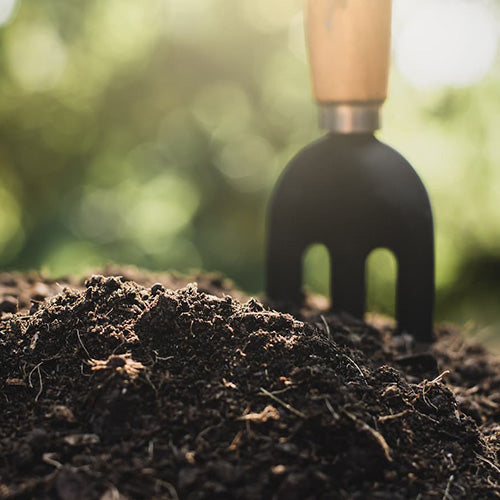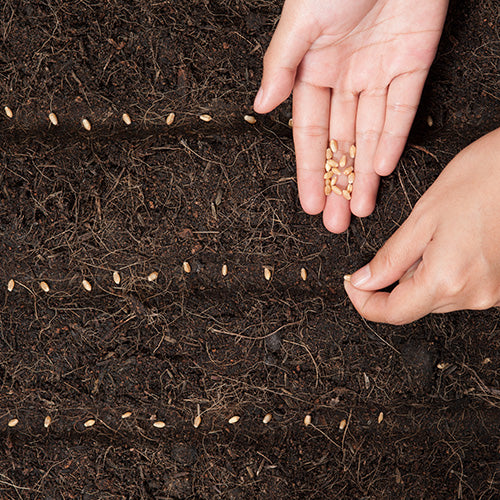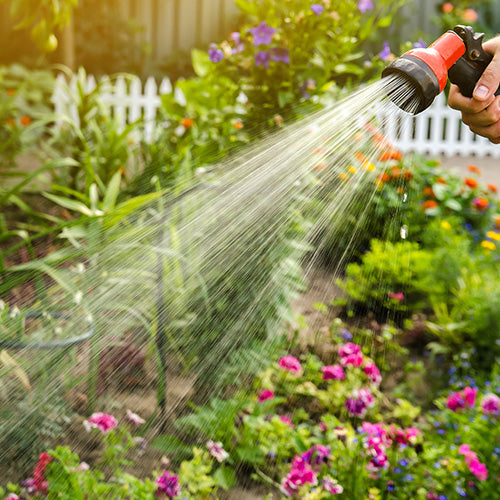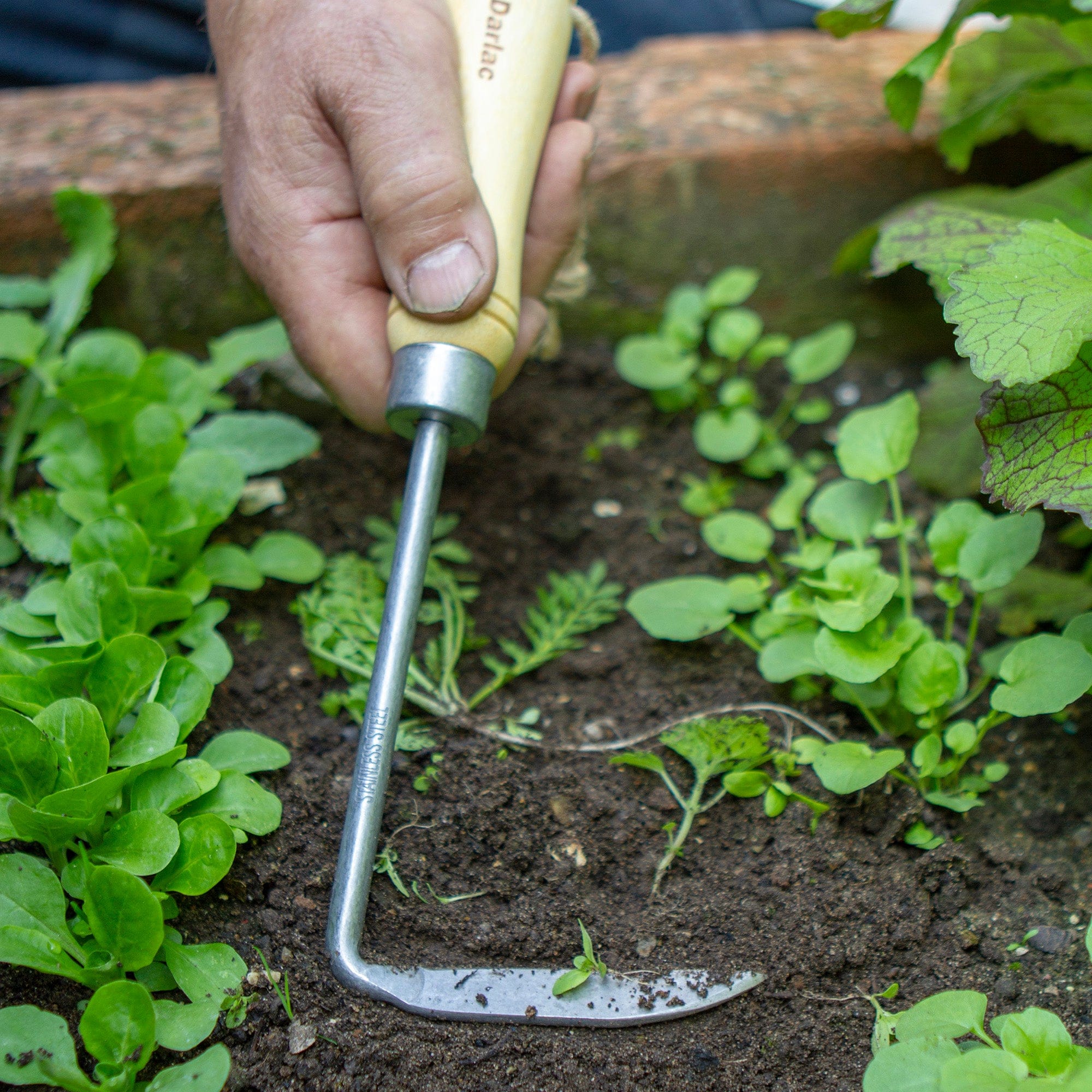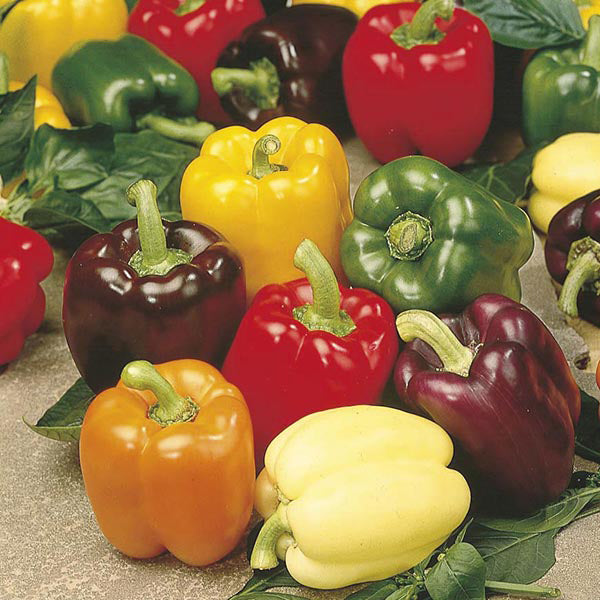
Grafted Vegetable Plants
Grafted plants are strong and vigorous, so we recommend feeding your plants from when the first flower buds appear. Use a fertilizer which contains high levels of potash and feed once a week to start with, increasing to twice a week when the plant is cropping well. Most grafted plants will need some support as they grow, especially tomatoes and aubergines. Ensure the support used is strong enough to bare the weight of the plant – thick bamboo canes tend to do the job well.
Please note – do not remove the plastic grafting clip. It will fall off naturally as the plant grows. If growing in containers the minimum size pot that is suitable is a 12ltr and if using a grow bag, plant a maximum of two plants per bag. The grafted union must be kept above the soil level to ensure suckers and adventitious roots do not develop.
About our Grafted Plants
Grafted vegetable plants offer us gardeners’ plants with greater vigour and much more resistance to soil borne pests and diseases – particularly useful if you grow in the same greenhouse border soil each year, where the opportunity for crop rotation is somewhat limited. The grafting process brings together the best attributes of two different plants – a strong species rootstock and a hybrid variety with highly desirable traits. The hybrid variety is grafted to the species rootstock to produce plants which are robust and vigorous, therefore, produce more fruits and heavier yields. Although traditionally greenhouse grown, we have found, over the last few years, that plants, if properly hardened off and placed in a warm, sunny position, will crop well outside too – even more reason to grow them!
Today, almost all commercial production of cucumbers, capsicums and tomatoes, in Europe, is done using grafted plants – you too can use professionals methods! Some varieties could reach 3m in height given the space! Supplied as well-established plants in 9cm pots.



